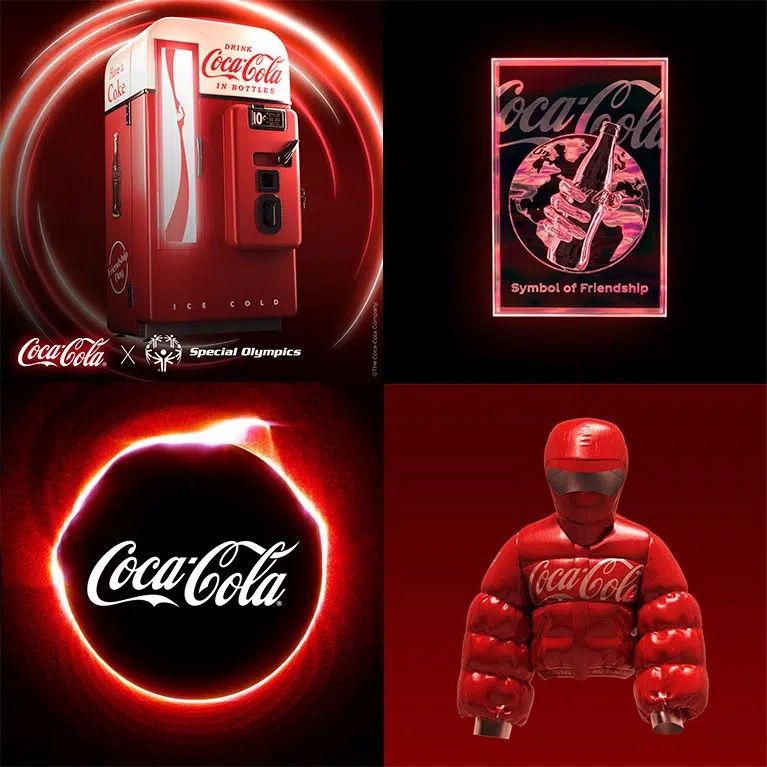By now, you’ve likely heard of the Metaverse. It’d be hard to avoid it, as we have entered the era of the so-called Metaverse, in which our virtual and physical realities converge in a new, blended physical and digital world. With companies like Facebook, Epic Games/Fortnite, Roblox, Snap, NVIDIA, and Unity all in on the action. In fact, Mark Zuckerberg is betting Facebook’s entire future on it. “We will effectively transition from people seeing us as primarily being a social media company to being a Metaverse company,” he says.
The Metaverse is a promise of something new, something that brings the digital experience into the real world and vice versa. Where virtual worlds can be used for practically anything — from concerts to socializing with friends and family. Indeed, it is important for all brands to start thinking about how they may need to incorporate this shift into their marketing.
Branding in the Metaverse
One early avenue for brand owners to engage with consumers in the metaverse has been to offer scarce or ‘limited edition’ digital versions of goods through online games and digital marketplaces. For example, Louis Vuitton’s Louis the Game allows players to customize their own avatar with virtual Louis Vuitton branded prints and colorways embedded in the game as NFTs.
Not to be outdone, Dolce & Gabbana has created an exclusive line of branded NFT-based digital wearables that also provide fans of the brand with the additional benefit of gaining access to the physical form of the wearable at an exhibition IRL (in real life), creating a unique integration of their branded digital and physical goods.
Brand owners have also started collaborating with existing metaverse-like online platforms to release exclusive digital items, which is providing access to a new segment of younger digitally savvy consumers.
For instance, Gucci recently collaborated with the popular online game Roblox to provide players with the chance to win a limited digital version of their Gucci Dionysus bag. Remarkably, the digital version of the bag was re-sold on the Roblox marketplace for over $4,100, exceeding the price of a physical Gucci Dionysus bag).
Coca-Cola also launched a non-fungible token (NFT) collection that fetched $575,000 in an online auction. The company relied on the power of its brand to push forward its collection and raise over $500.000 for charity within 72 hours. Oana Vlad, Sr Director Coca-Cola Global Strategy, noted that moving into the NFT and metaverse is well-positioned to provide customers with “the same iconic and optimistic experiences they’re used to in real life in the digital world.”
Coca-Cola auctioned four multi-sensory, friendship-inspired NFTs via the OpenSea marketplace on International Friendship Day. It was auctioned off as one loot box, a play on the popular video game feature involving sealed mystery boxes. Not only did the winner become the owner of these four NFTs, but the winner also received a real-world physical fridge stocked with Coca-Cola bottles and additional surprises.
The NFT auction resulted in a strong buzz in the crypto community and portrayed Coca-Cola as an innovative brand that knows very well where its customers are.

Protecting and enforcing brand rights in the metaverse
Well executed marketing efforts in the metaverse, such as the above-noted examples, may increase brand loyalty (particularly among younger tech-savvy consumers) and increase sales of both digital and IRL (real-world) goods. However, as more and more brand owners start offering branded digital goods and services in the metaverse, trademark infringement and counterfeits will inevitably follow. Since the exact form of infringement may be difficult to predict, it will be important for brand owners to secure enforceable trademark protection that extends to the metaverse.
Brand owners who fail to secure their trademark rights for virtual goods and services may find it difficult to combat infringement and effectively enforce their rights in the metaverse. Some forward-looking brand owners have already taken steps by applying to register their trademarks for goods and services relating to the metaverse, including downloadable virtual goods for use in online virtual worlds, retail stores featuring virtual goods, and providing digital collectible services.
Conclusion
The metaverse provides challenges and opportunities for brand owners seeking to engage with a new consumer base and increase brand loyalty using digital and virtual goods and services. As more and more brand owners begin providing goods and services in the metaverse, it will become increasingly important to secure trademark protection for virtual goods and services to combat inevitable infringement.
With the metaverse, marketing will no longer be business as usual. Instead, it will be fun, and marketers will only be bound by their creativity and resources. For consumers, this means that we can expect some fantastic immersive experiences in the years ahead, potentially increasing brand loyalty for those venturing into the metaverse first.
線上諮詢
與我們合作,馬上展開全新的創作里程碑
- 📅 立即預約,30 秒完成!
- 🎯 與創辦人 1 對 1 交流,獲得專屬建議! 🎯 與創辦人 1 對 1 交流!